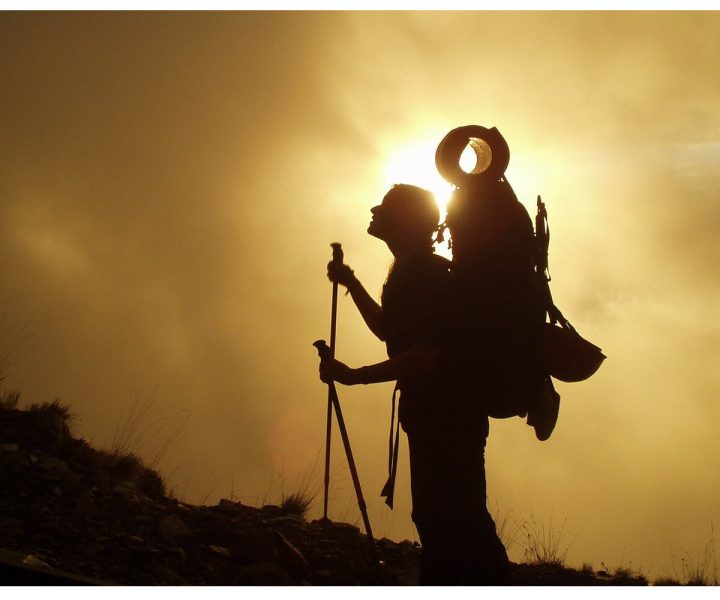
Hike often enough and you’ll encounter people using trekking poles, which are the durable and lightweight evolution of the walking stick. As with most things, there’s a debate on whether trekking poles are worth it. Some hikers swear by them and others wouldn’t be caught dead using them.
At the end of the day, it’s a personal choice, but we’re here to weigh in on the pros and cons of using trekking poles so you can make a more informed choice.
The pros of trekking poles
Balance
When the terrain gets rough as you’re walking through a snowy or swampy area, or you need to cross a stream or step over a rock, trekking poles give you two extra points of contact to the ground which help you maintain your balance.
Full-body workout
Using your poles correctly means you move from your elbows and shoulders, so your upper body also gets a workout. And as a bonus, you burn more calories.
Easy on the knees
Taking pressure off your knees is one the main benefits of using trekking poles, particularly on a steep downhill or uphill slope. Some of the weight is transferred to the poles from your legs, relieving stress while decreasing the risk of injury to your ankles, knees, hips, and lower back.
Posture aid
When you adjust your poles to the correct length, they encourage you to walk with a better posture than you would otherwise, particularly when going up slopes. Your rib cage and chest are more open, allowing you to breathe easier.
Trekking pole cons
After reading all the benefits of trekking poles, you may be a convert, and wonder why anyone would decide not to use them. Nonetheless, there is a downside to everything, and here are some of the reasons why some hikers are put off using trekking poles.
Damage to trails and paths
Hikers on team anti-trekking poles complain that the spikes damage the surface of the trail, increasing the risk of erosion. This is a valid point, so only use the poles when you need them, and don’t drag them behind you when not in use.
Snaps or breaks
Poles are not infallible, and they can break, snap, or the locking mechanism could fail at the worst possible time. To avoid the trekking poles failing you, never place all your weight on just one pole, as not only could it break, but you could also trip and land face first onto the ground. You should also properly maintain your poles, ensuring that they’re locked into place as you extend them, and treat them with care.
Proper use
If the poles aren’t properly adjusted for your stride length and height, or you have poor technique, you won’t get any of the benefits. Therefore, before heading out with your poles, talk to professionals and make sure you get poles that are right for you.
As with a lot of gear, the decision is up to you. If you’re not entirely convinced about trekking poles, the best advice would be just to wait until you feel they could be more of a help than a hindrance. If you don’t suffer from sore knees at the end of your hike, there’s a chance you don’t need them yet. On the other and, If you do decide that you could gain some benefit from using trekking poles, get a good pair and learn how to properly use them.
Whatever your decision, happy hiking!
 Your Privacy Choices
Your Privacy Choices